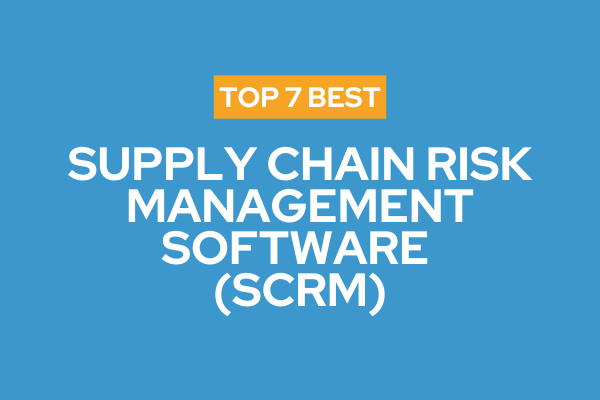
Top 7 Supply Chain Risk Management Software (SCRM)
Discover the top 7 Supply Chain Risk Management (SCRM) tools of 2025 to monitor suppliers, predict disruptions, and build supply chain resilience.
Published on October 27, 2025
Last updated on November 27, 2025
Modern organisations depend on seamless IT operations to support employees, customers, and partners. However, as systems grow more complex and distributed, maintaining visibility, consistency, and control over IT services becomes a challenge. This is where IT Service Management (ITSM) software comes in. It provides a structured approach to designing, delivering, and managing IT services, helping teams maintain reliability, reduce downtime, and continuously improve service delivery.
Choosing the right ITSM platform is essential for aligning IT operations with business objectives, maintaining compliance, and ensuring accountability across teams. From automating routine tasks to supporting incident, problem, and change management processes, ITSM tools enable IT teams to work efficiently and respond faster to issues.
In this article, we will explore what ITSM software is, the key features you should look for, and a selection of the best ITSM platforms available today.
IT Service Management (ITSM) software is designed to help organisations plan, deliver, operate, and control IT services effectively. It ensures that IT processes are structured, standardised, and aligned with the overall business strategy. ITSM software provides a framework for managing incidents, service requests, problems, changes, and assets, ensuring smooth and reliable IT operations.
At its core, ITSM aims to deliver value to customers and employees through efficient and consistent IT services. It follows frameworks such as ITIL (Information Technology Infrastructure Library) to ensure best practices in areas like service design, delivery, and continual improvement.
While each ITSM tool varies in complexity and focus, there are several features that every platform should include to manage IT services efficiently.
This feature enables IT teams to log, track, and resolve incidents quickly, minimising disruption to business operations. Problem management helps identify root causes to prevent recurring issues.
Change management tools streamline the process of requesting, reviewing, and implementing system changes while minimising risk. Release management ensures new software or updates are deployed smoothly.
This feature maintains an accurate record of all hardware, software, and configuration items (CIs) within the IT environment, ensuring better visibility and control of resources.
A centralised service catalogue allows users to request IT services easily. Automating these requests reduces manual workloads and improves response times.
Knowledge bases provide searchable resources and solutions, empowering users to resolve common issues independently and improving first-contact resolution rates.
Comprehensive dashboards and reports offer insights into key performance metrics, helping IT leaders identify trends, measure service performance, and make data-driven improvements.
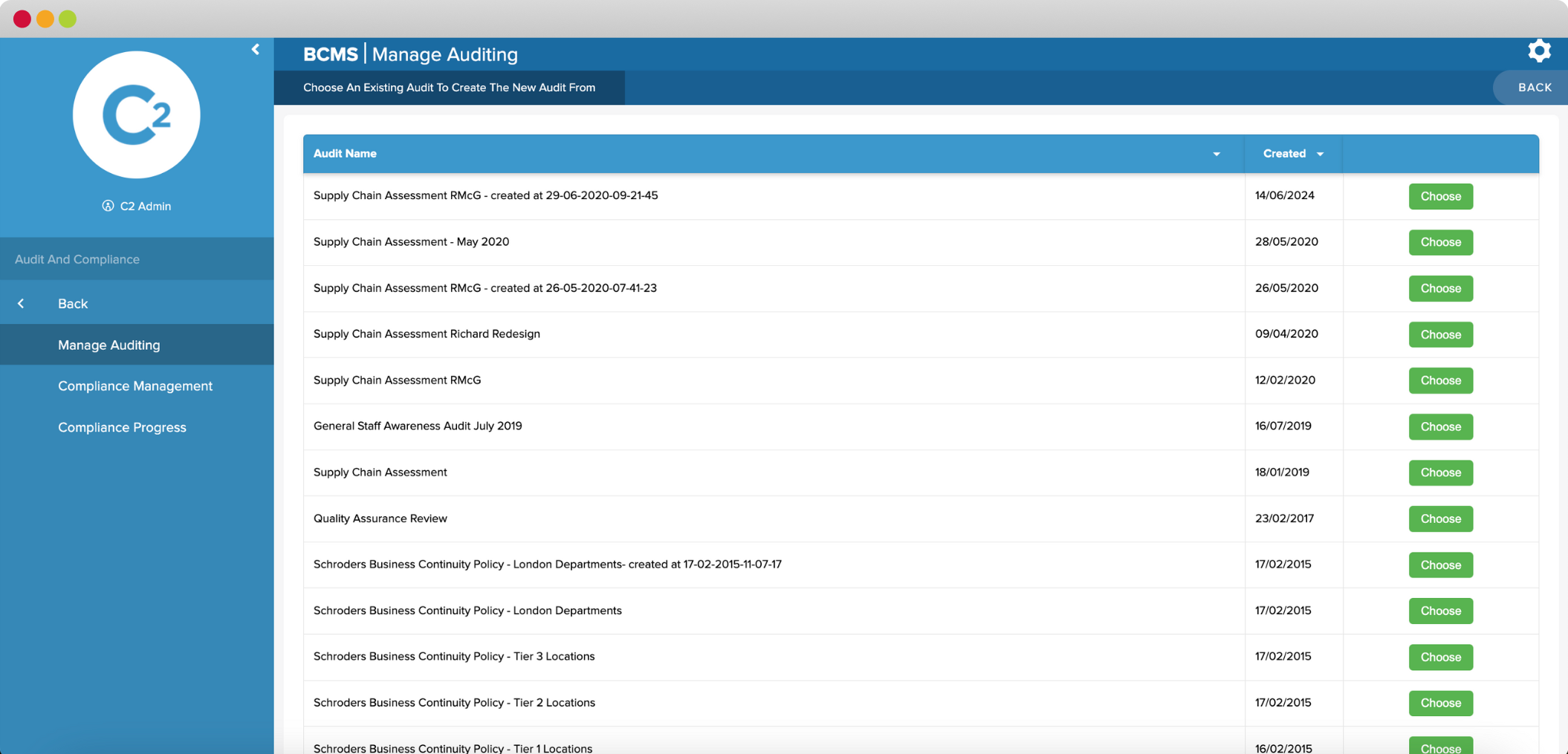
Continuity2 delivers an industry-leading ITSM solution designed to simplify complex service management processes while ensuring alignment with business continuity and resilience goals. Built on robust automation and analytics, Continuity2’s platform centralises incident, change, and asset management, giving IT teams complete control and visibility. The software integrates easily with other enterprise systems, helping organisations drive operational efficiency and ensure compliance with frameworks such as ITIL.
Key Features:
Best for: Organisations seeking a unified approach to IT service, risk, and continuity management.

ServiceNow is one of the most widely used ITSM platforms globally, offering a complete suite for managing incidents, changes, and service requests. Its cloud-based architecture enables scalability for large enterprises and strong integration capabilities with other systems.
Key Features:
Best for: Large enterprises requiring a scalable, customisable ITSM solution.
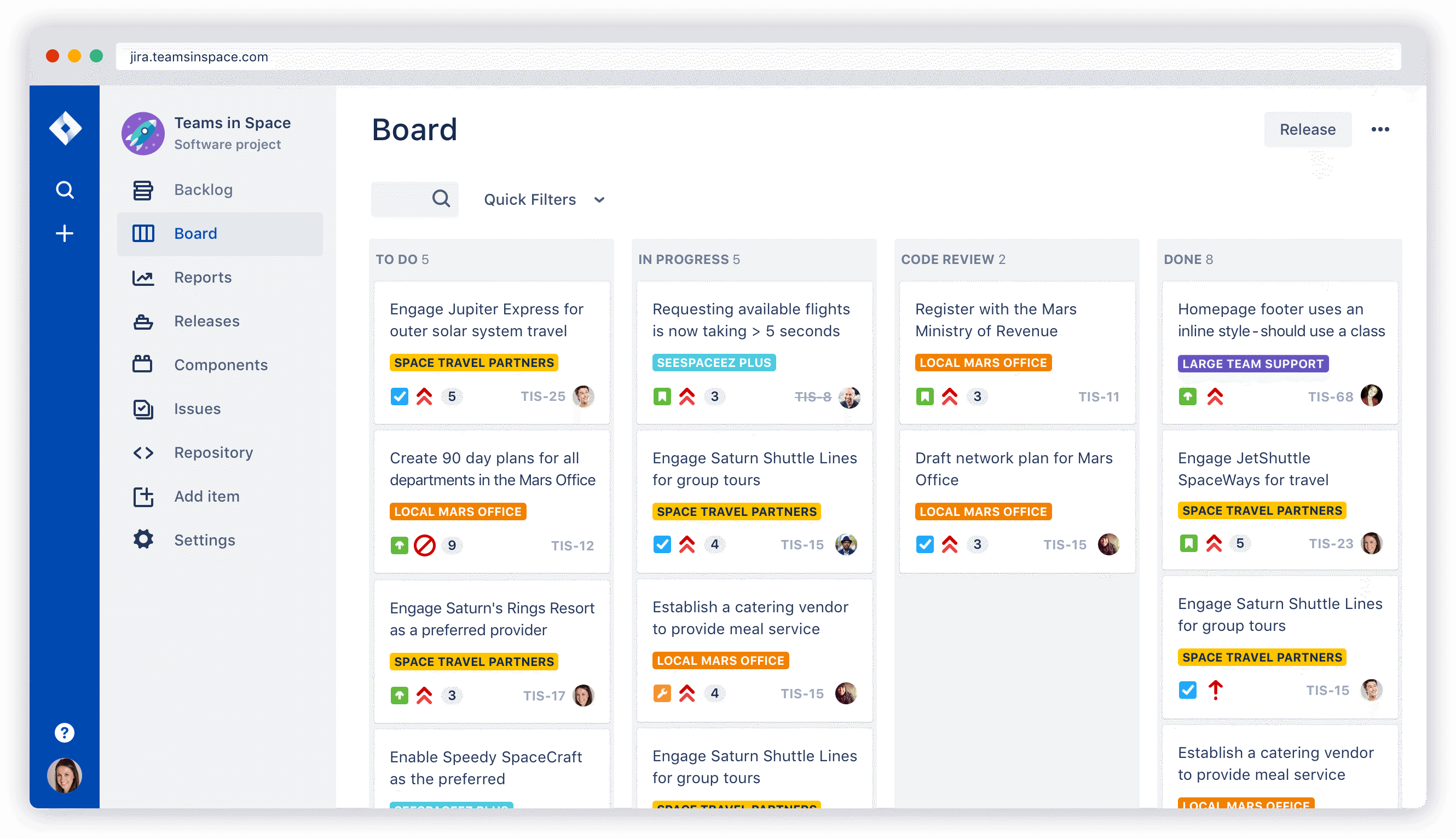
Atlassian's Jira Service Management combines ITSM functionality with agile project management. Its intuitive interface supports collaboration between development and IT operations teams.
Key Features:
Best for: Agile teams and organisations using Atlassian’s ecosystem.

Freshworks provides a cloud-based ITSM platform that emphasises automation and simplicity. It supports ITIL best practices, enabling efficient service delivery and management.
Key Features:
Best for: Small to mid-sized organisations seeking a user-friendly ITSM tool.
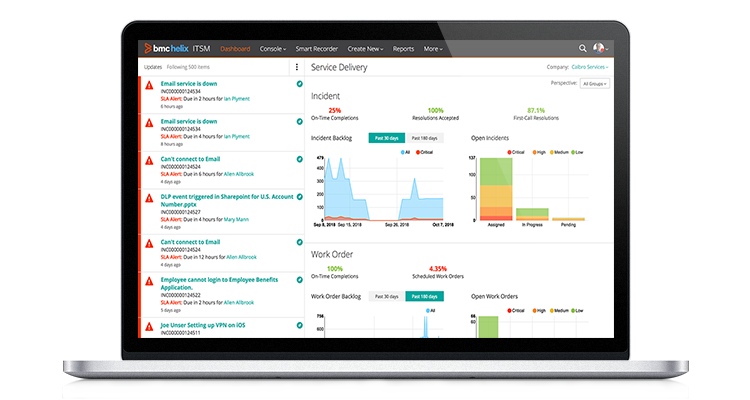
BMC Helix delivers an AI-driven platform offering intelligent automation and predictive capabilities. It is designed for enterprises managing complex IT infrastructures.
Key Features:
Best for: Large enterprises with advanced ITSM needs.
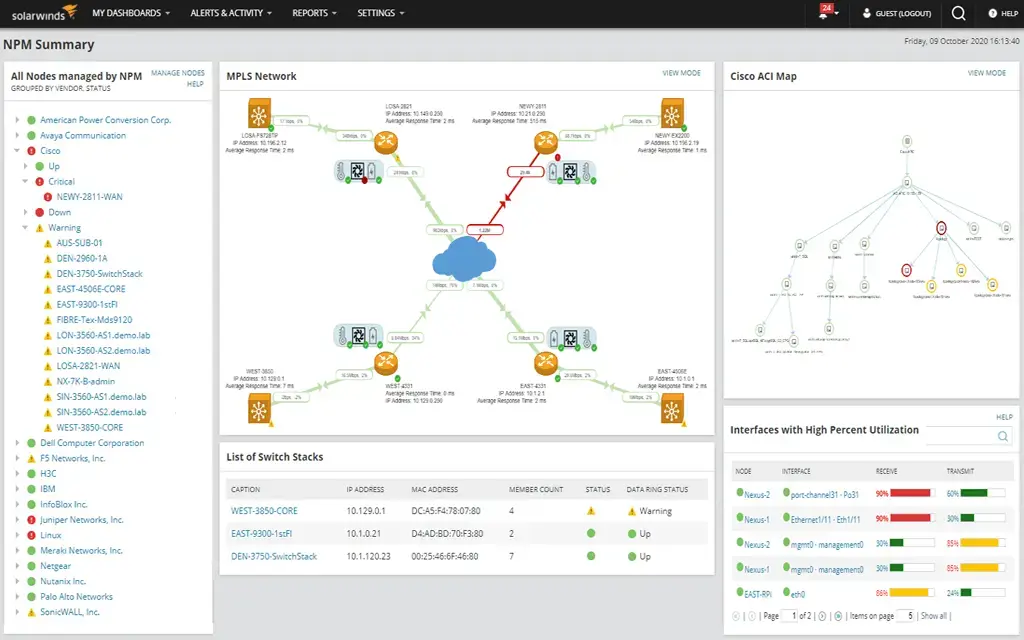
SolarWinds offers a modern, cloud-based ITSM solution that simplifies ticketing and asset management. It focuses on ease of use and cost efficiency.
Key Features:
Best for: Organisations seeking affordable, efficient ITSM software.

ManageEngine's ServiceDesk Plus offers a comprehensive set of ITSM tools, including incident, problem, and change management, along with asset tracking and reporting.
Key Features:
Best for: Medium-sized organisations needing full ITSM functionality on a budget.
IT Disaster Recovery (ITDR) software empowers organisations to recover faster, reduce risks, and maintain seamless operations when disruptions occur.
By standardising IT processes and automating repetitive tasks, ITSM software helps reduce response times and improve service quality. This ensures consistent delivery and minimises disruption to daily operations.
Centralised dashboards and analytics give IT leaders real-time visibility into service performance, allowing better prioritisation and data-driven decision-making.
ITSM tools support compliance with frameworks such as ITIL and ISO standards. They ensure processes are documented, auditable, and aligned with corporate policies.
Automation and self-service capabilities lower manual workloads, reduce downtime, and minimise operational costs over time.
Feedback loops and performance analytics enable teams to identify patterns and make targeted improvements to service delivery.
In an era where digital reliability defines business success, having the right ITSM platform can mean the difference between disruption and resilience. From automating incident management to integrating with risk and continuity frameworks, ITSM tools strengthen operational control and efficiency.
Continuity2 offers a unified ITSM solution that not only supports IT operations but also embeds resilience at the core of every process.
Book a Demo today to see how your organisation can streamline IT service management and achieve stronger operational resilience.
Founder & CEO at Continuity2
With over 30 years of experience as a Business Continuity and Resilience Practitioner, Richard knows the discipline like the back of his hand, and even helped standardise BS25999 and ISO 22301. Richard also specialises in the lean implementation of Business Continuity, IT Service Continuity and Security Management Systems for over 70 organisations worldwide.


Founder & CEO at Continuity2
With over 30 years of experience as a Business Continuity and Resilience Practitioner, Richard knows the discipline like the back of his hand, and even helped standardise BS25999 and ISO 22301. Richard also specialises in the lean implementation of Business Continuity, IT Service Continuity and Security Management Systems for over 70 organisations worldwide.

Discover the top 7 Supply Chain Risk Management (SCRM) tools of 2025 to monitor suppliers, predict disruptions, and build supply chain resilience.
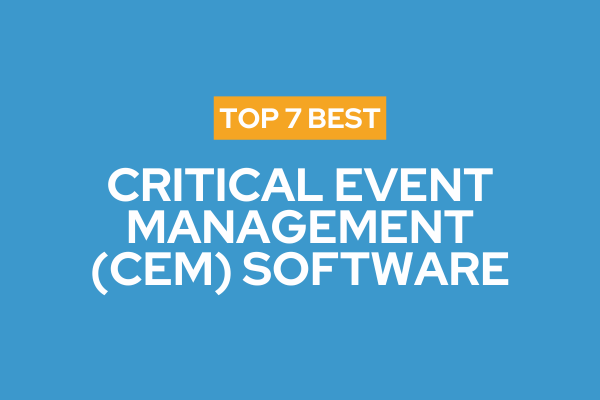
Compare the top 7 CEM software platforms for 2025—tools that detect threats, automate alerts, coordinate response, and keep people and operations safe.

Discover the top 8 dependency mapping tools for 2025—gain full visibility of systems, reduce downtime, speed incident response, and strengthen resilience.

Discover the top 8 cybersecurity software solutions that protect against evolving threats while enhancing enterprise compliance and resilience.
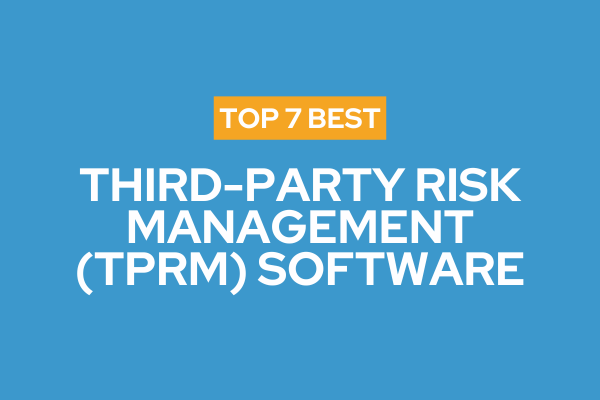
Explore the best third-party risk management software to automate vendor assessments, track compliance, and reduce exposure across your supply base.

Find the best supply chain management software of 2025 and gain real-time visibility, streamline planning and logistics, and protect business continuity.

Discover top risk and resilience software for manufacturing in 2025—SOAR automation, visibility, and compliance to protect uptime and supply chains.
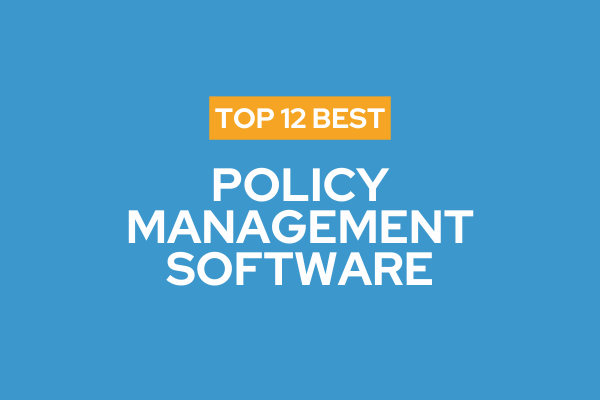
Explore the top 12 policy management software platforms that simplify compliance, automate workflows, and strengthen governance and resilience.
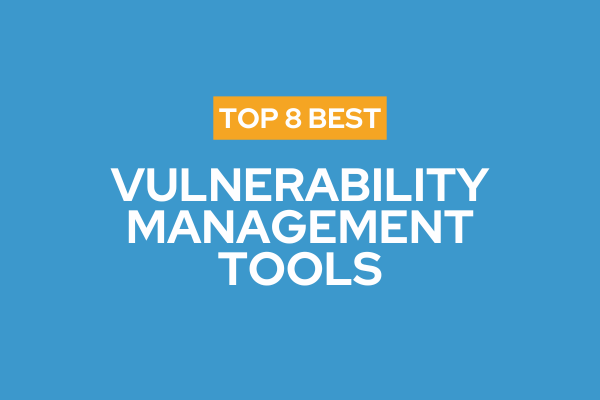
Explore the best VRM software to streamline due diligence, monitor vendors in real time, and support compliance, reporting, and business continuity.